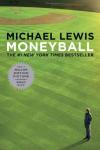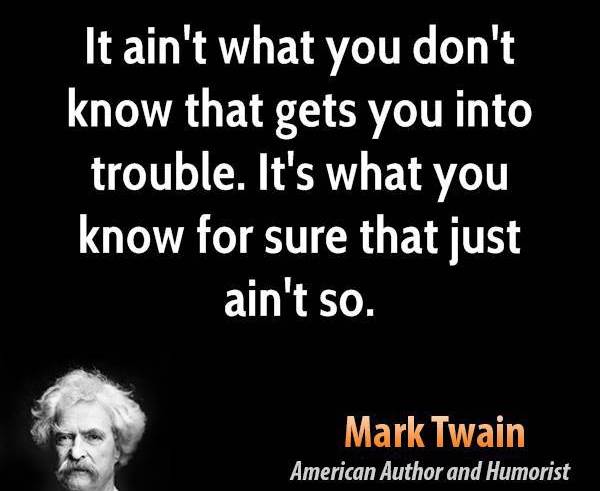
The book Moneyball is a narrative that was written along the lines of showing how perseverance in the face of adversity is able to yield success. Yet beneath that lies an equally central theme that has since transformed the professional baseball scene: statistics. The book takes a look first at how the Oakland A’s (Oakland Athletics), were able to win and compete alongside some of the Major Baseball leagues such as the New York Yankees despite having a smaller revenue.
Starting off, the author follows the life of Billy Beane, a former professional baseball player. During his time, Billy was thought to be one of the more brilliant players that would eventually make it in his day. However, unbeknownst to everyone, Billy fails to make it and instead joins the Oakland A’s team as a talent recruiter. These are scouts that are in charge of scouting for players and picking them for teams. Now scouts have the ability to trade, buy and sell players, in the sense that they were similar to traders on the market. While the Oakland A’s weren’t necessarily the poorest, they were by no means receiving the highest revenue on the market. Yet Billy had to propel the team forward regardless.

This is when one of the most central themes comes in: Billy Beane has an epiphany. He realised that other scouts were drafting players into their teams based on very subjective and heuristically inclined methods that may not represent the truth about the player’s ability. Not to mention, the existing broad-based metrics that were in use at the moment were not only vague but unsound to Billy. With this in mind, Billy Beane goes about setting up his own metrics based on statistics that he painstakingly compiles. By doing so, Billy not only avoids the pitfalls that the other team made, he spent the money on players that mattered and got players that were otherwise undervalued.
When the season started off, the Oakland Athletics had average players. However, as the season proceeds, Billy starts trading the players based on his statistics, employing aggressive buy-sell techniques and finally ending with a team that not only had a statistically higher chance of winning but propelled the Oakland A’s to the playoffs in 2002 and 2003. Billy transformed the way baseball saw players and revolutionised a new way of thinking on his own. With that in mind, we can learn that heuristics may not be the only way to make sound decisions and that it may cause problems if often used for important decisions.
Instead, what we ought to do is find ways to statistically proof a point or reason that we need and from there make calculated decisions. Only then will we be able to pull off what Billy did with the Oakland Athletics, and improve our decision-making processes. Alas, not every problem can be solved with statistics which is why we shall go more in depth into the art of heuristics in another article!